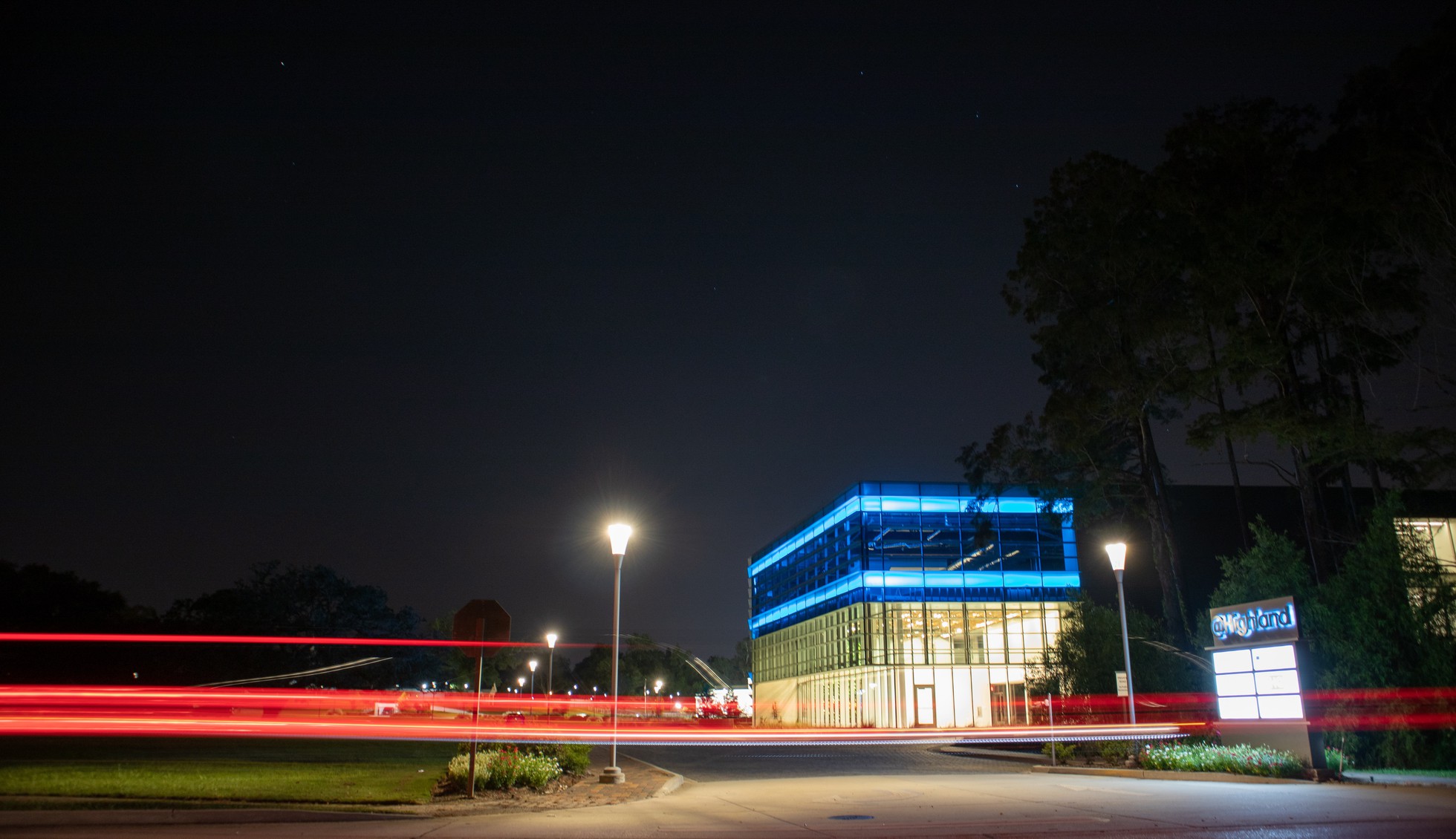
The 3 Things to Expect of IoT-driven Smart Building Management in 2019

Are you happy with how 2018 turned out?
At a global stage, the world certainly experienced its fair share of challenging events, from the mundane to the outrageous (let’s not get into the gory details here, you all know what and who we mean...). Back at Fabriq, however, it’s been our best year yet, and we’re looking forward to continuing on this trajectory into 2019 and beyond!
Fabriq’s Year in Summary
Let’s start with a quick look back:
- The rebrand came, went, and worked! In early 2018, we rebranded from EnergyDeck to Fabriq. The change was driven by the desire to communicate that our platform goes (and has gone for a long time) well beyond energy, and captures all building related resource and operational data. In that context, Fabriq seemed like a great fit for a name (by the way, it’s pronounced fabric like in building fabric… get it?). Which makes even more sense when combined with our new top level domain: fabriq.space.
- We’ve finally launched this AI thing. Oh, and spacemaps! After years of the entire industry talking about artificial intelligence and machine learning and how it can help surface the insights and events that users really care about, we now have a first implementation of an outlier detection algorithm that finds suspicious changes in high frequency data feeds. And it works! It’s still a bit experimental and we open it to our power users only. So get in touch if you’d like a sneak preview.
- Q3 and then Q4 were our best quarters ever. We’ve added several new and large customers in that time frame, including Savills, University College London and First Business Water. In addition, we have continued growing our scope with Prologis UK and NG Bailey, among others. There’s a lot more where this came from, and we’re looking into starting to offer solutions that are a bit more industry specific in the future.
Continuing Challenges in Building Automation
Now for 2019 and beyond. There is a lot of excitement around what the future of building automation may hold, and technology is advancing at an ever increasing rate. But other things seem to change slowly. Way too slowly for our tastes. Here are just some examples:
- Buildings and the key building systems are still light years away from plug and play. That’s true for 99.9% of all buildings. Flagship projects like the amazing Edge in Amsterdam or the new Bloomberg HQ in London only confirm the point: most buildings, even large commercial ones, are still operated and monitored by a mix of 10-20+ year old systems which don’t play nicely together, let alone external platforms. That makes it very hard to even start getting a handle on building performance, especially if you’re trying to address the challenge via spreadsheets and utility bills.
- Building energy management isn’t exactly growing in importance. Despite growing energy costs, mounting pressure from the environmental side of things and the positive impact on financial bottom lines from resource efficiency, we are not seeing an uptick in the role of energy management in organisations. Even industry experts estimate that the market for energy-focused software solutions will only grow by a balmy 2% annually over the next five years. Not exactly a game changing growth rate, is it? Speaking of growth (if the wrong kind):
- The climate is doing worse than, like, ever. Emissions are rising. Air pollution is rising. Species are dying. And, I hate to break it to all the Elon lovers, but as exciting as it is, moving to Mars isn’t really the answer for humanity - at least for the rest of us. We gotta fix our own place first. And it’s gotta happen fast.
Ok ok now, that’s, err, dramatic. Are there any good things you’re looking forward to, we hear you ask? Oh yes there are. And loads at that! But since we started this thing writing in threes, there’s only space for so much here, you know. So let’s make them count!
Outlook for 2019 Smart Building Management
- Data is the key to, well, everything! And people start figuring this out, beyond worrying (maybe) about what data the Googles of this world might hold on them. The good news here is that all of our customers and users today understand just how powerful and precious sensor data from their building operations is. Which also means they want to entrust a modern and secure data management platform like Fabriq with it, rather than keeping it in multiple spreadsheets and decade old data silos, or building management systems that run on long-since-unsupported Windows XP, for that matter (you know who you are!)
- Advances in smart sensors and networking are entering a new era: We’re finally, actually seeing sub $200 sensors with real CO2 sensors *and* integrated networking. Not too long ago that would have easily set you back a grand or so. Then there’s the new unicorn technology that everyone talks about: (drum roll) 5G (roaring thunder). We’ll talk more about this in another post, but it sure does hold a lot of potential when it comes to connecting to buildings (and sensors) and not worrying about having to run an Ethernet cable or a dodgy 2/3G SIM. Add to that open APIs for building systems and a fast increasing use of web standards in building controls. All of which means smart building software like Fabriq can capture more data more quickly. And not only for energy, but for all sorts of other things as well - be they building occupancy, air quality, light and noise levels etc.
- AI will make short work of inefficient building / asset management (if it is able to access enough data from enough sources, and be trained properly etc). It will even do a better and faster job than the best energy managers out there. And that’s a good thing, because today’s super complex commercial properties can’t be managed with linear approaches of old. After all, if the world now has self-driving cars, why shouldn’t we also have buildings that automatically optimise operations, and only notify the manager of significant events? All of that is possible today, and Fabriq is keen to provide the foundation as well as the main user interface for it.
So now, are you looking forward to what’s to come? We certainly are, and in a big way. We see 2019 as the year in which it all comes together. With granular data from widely distributed sensors, analysed via advanced algorithms and visualised in our beautiful UI, we can actually have an impact and change things for the better. Come along!

